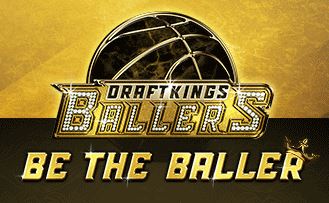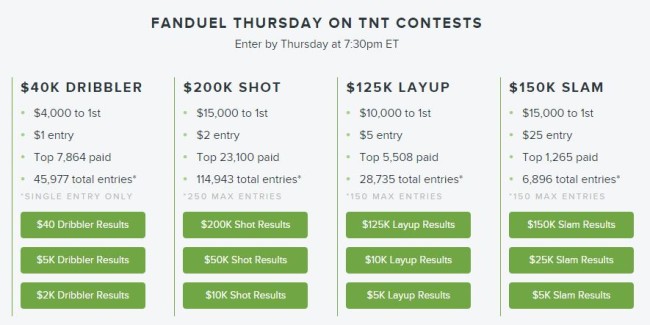By now you’ve probably seen a game or two go to the new 3-on-3 overtime format. You have no doubt noticed a pounding in your chest and sweating in your palms watching your team try to figure out this new layer of intricacy. And that, dear NHL fan, is exactly what the league was looking to accomplish.
The 3-on-3 overtime was proposed by NHL general managers late last season as a way to keep overtime and shootouts interesting and exciting for the fans. There’s no doubt that the shootout is fun – for some, it’s their favorite part of the game. But the managers and the league felt that there was a need to make the overtime periods more exciting and keep the shootouts special. They first tried to tweak the 4-on-4 play that was already in place for overtime, but they ended up not being happy with the changes.
So they adopted a form of 3-on-3 hockey that has been seen in some of the minor leagues, and so far “exciting” is about the only reliable word people can find to describe it.
Less skaters on the ice means potential for longer passes and breakaways with quick players. If you go back and watch the very first 3-on-3 overtime period in NHL regular season history (Philadelphia vs. Tampa Bay, 10/8/2015) you can see exactly what the League was looking to accomplish.
Imagine this: it’s the end of a long hockey game, and you’ve fought like a wild dog just to get this far. Now it’s tied and the game is over. But to make it to the locker room with a win, you have one last chance to skate your legs off and set your lungs on fire.
That’s how these men are playing in overtime now. Coaches are still having trouble strategizing through this new fold and players race around after the puck with tunnel vision. Once your team commits to taking a shot, you better hope you make it or at least catch the rebound, because your opponent can pick it up and be in front of your goalie before your next heartbeat.
And those poor, poor goalies. Their best strategy in 3-on-3 overtime is to start by standing on their head, hold that position for minutes longer than humanly possible, and end by hoping their team can skate harder than their opponent.
Everything about the game becomes amplified with the high speed and wide-open surface. Every faceoff, every pass, every move, every wobble of that puck matters so much more.
That’s why this is great for hockey. As a fan, how can you not love it? Even if your team is on the losing side of an overtime you can’t say that you didn’t enjoy watching it all go down. High speed and high stakes is a winning combination for any sport. But now add to that mix the skill of even the most average of NHL players, and you’ve got an opportunity to see something special.
You’ll hear most players say – after they catch their breath – that 3-on-3 is turning out to be good for the game. There were some grumblings from the NHLPA and a few players here and there early in the season, but now it’s starting to catch on. (It’s even going to be a major addition to this year’s All-Star Game.) Just like any changes to the sport, it will take some time to catch on completely and be identified as good or bad for the overall health of the game.
In essence we think that players skating harder, pucks racing faster, and fans screaming louder is a pretty good indication that this new overtime model is here to stay.



























